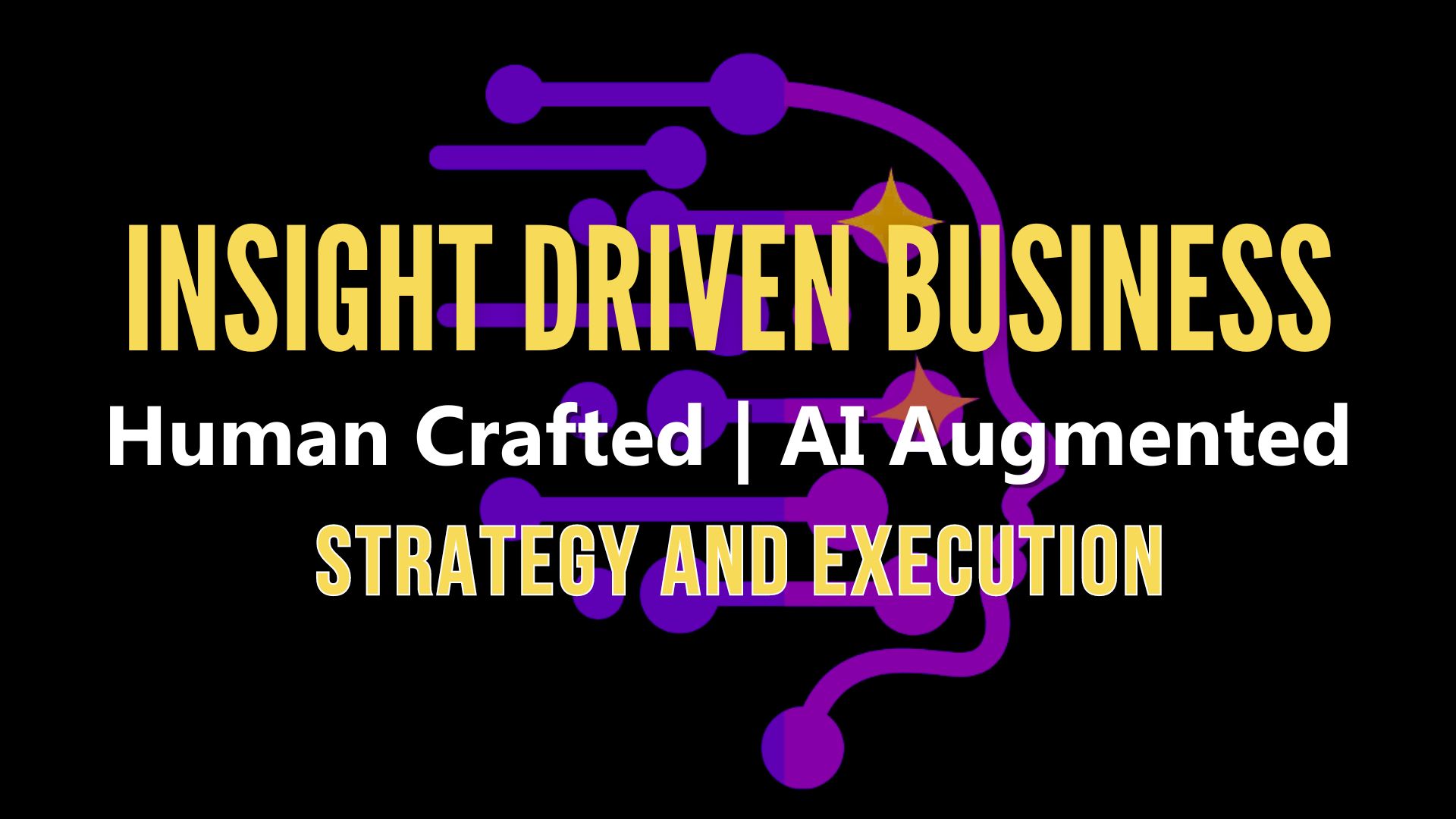Disruptive Innovation
Disruptive Innovation: Clayton Christensen’s Groundbreaking Strategy
Introduction to Disruptive Innovation
- Disruptive innovation is a term coined by Clayton Christensen
- It describes a process where a smaller company challenges established incumbents
- Disruptive products are typically simpler, more convenient, and less expensive
Key Characteristics of Disruptive Innovation
- Lower Margins: Disruptive products often have lower gross margins than incumbents’ offerings
- Smaller Target Markets: Disruptive innovations are aimed at smaller, often overlooked segments
- Simpler Products: Disruptive products are typically simpler and more convenient to use
The Process of Disruption
- Foothold Market: Disruptors gain a foothold in a small, niche market that incumbents overlook
- Improving Performance: Disruptors rapidly improve their products’ performance over time
- Upmarket Movement: As performance improves, disruptors move upmarket and challenge incumbents
Incumbents’ Dilemma
- Incumbents often struggle to respond to disruptive threats
- They are focused on serving their most profitable customers
- They have difficulty justifying investments in lower-margin, smaller markets
Examples of Disruptive Innovation
- Personal Computers: PCs disrupted mainframes and minicomputers
- Digital Photography: Digital cameras disrupted film photography
- Online Education: Online courses are disrupting traditional higher education
Conclusion
- Disruptive innovation is a powerful force that reshapes industries
- Incumbents must be vigilant and proactively respond to disruptive threats
- Managers should allocate resources to both sustaining and disruptive innovations
Applying Disruptive Innovation to Small Service and E-commerce Businesses
Small Service Businesses
- Identify Overlooked Markets: Small service businesses can disrupt by targeting markets that larger competitors overlook or underserve.
- Simplify Service Offerings: Disruptors can offer simpler, more streamlined services that are easier for customers to understand and use.
- Leverage Technology: Small service businesses can use technology to automate processes, reduce costs, and improve customer experience.
- Focus on Convenience: Disruptive service businesses often prioritize convenience, such as offering online booking or mobile apps.
Small E-commerce Businesses
- Niche Markets: Small e-commerce businesses can disrupt by focusing on specific, underserved niches that larger competitors neglect.
- Personalization: Disruptors can offer highly personalized products or shopping experiences that cater to individual customer preferences.
- Innovative Delivery: Small e-commerce businesses can disrupt by providing faster, cheaper, or more convenient delivery options.
- Unique Product Offerings: Disruptive e-commerce businesses often offer unique, hard-to-find products that differentiate them from larger competitors.
Challenges for Small Businesses
- Resource Constraints: Small businesses may lack the financial and human resources to invest in disruptive innovations.
- Scaling Difficulties: Disruptive businesses may struggle to scale their operations as they grow and move upmarket.
- Incumbents’ Response: Established competitors may quickly adapt to disruptive threats, nullifying the disruptor’s advantage.
Strategies for Success
- Continuous Innovation: Small businesses must continuously innovate and improve their offerings to stay ahead of competitors.
- Customer Focus: Disruptive businesses should prioritize customer needs and preferences, adapting their products and services accordingly.
- Strategic Partnerships: Small businesses can partner with other companies to access resources, expertise, and markets.
- Agility and Adaptability: Disruptive businesses must remain agile and adapt quickly to changing market conditions and customer demands.
SEO Keywords: Disruptive Innovation for Small Businesses, Small Service Business Disruption, Small E-commerce Business Disruption, Niche Markets, Personalization, Innovative Delivery, Resource Constraints, Continuous Innovation, Customer Focus, Strategic Partnerships, Agility and Adaptability

We are committed to empowering small businesses successfully navigate the intersection of AI and human innovation.
Company
AI Enhanced Strategy
AI Implementations
AI Business Applications
AI Automations
Contact
Assist@InsightDriven.Business
(858) 800-2304
4455 Murphy Canyon Rd. #145
San Diego, CA 92124
